More and more, hotels are looking to achieve a boutique, sophisticated aesthetic to provide guests a memorable experience. Hotel lobby, restaurant and bar spaces serve more than hotel guests, drawing in locals who want to experience the space. Tom Bergeron, Director of The Lighting Practice New York office, shares eight tips on how lighting can create an unique, upscale hotel environment.
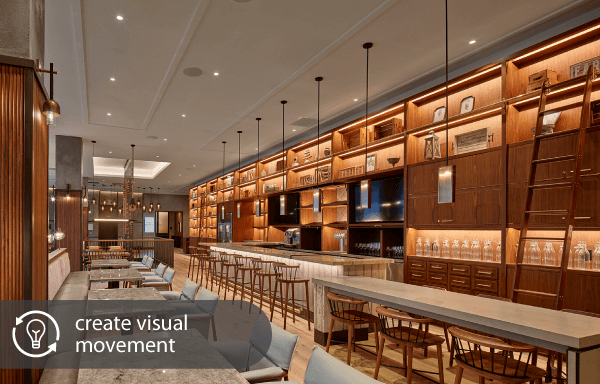
Hyatt Centric Philadelphia – Photo by Halkin | Mason Photography
Create visual movement. Highlighting distinct finishes, furniture, and art will help create a layer of visual motion. Allowing the opportunity for visible luminous materials (shades) or visible light sources will help create depth and destination. The intensity of visible lights and shades should be soft, which help avoid glare.
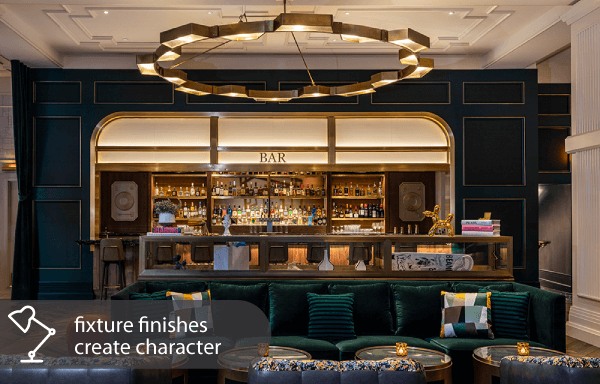
Canopy by Hilton Philadelphia Center City – Photo provided courtesy of Canopy by Hilton
Fixture finishes create character. To help tie a space together, make sure lighting fixture finishes complement other finishes in the space. A bold finish can help create subtle visual pop without needing to overcomplicate a needed variation, adding an overall higher level of refinement and interest.
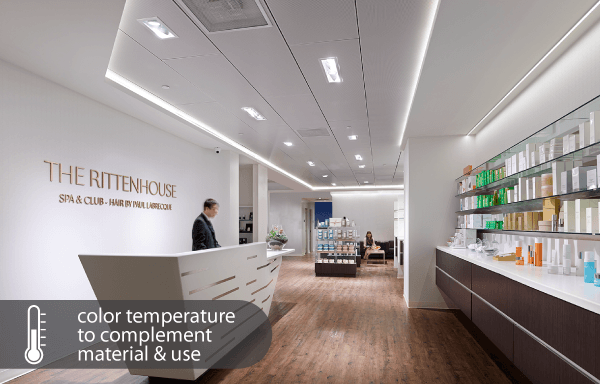
Rittenhouse Hotel & Spa – Photo by Jeffrey Totaro
Use color temperature to complement the materials and usage. Some spaces may want a warm colored light that accentuates and compliments the finishes and usage. Warm light especially compliments natural candles or fireplaces. A cooler white light in a select location may help punctuate and draw focus to critical areas like a central bar shelf.

Jack Thistledown Racino Hotel & Casino – Photo by Todd Williams
Color with care. Colored light does not always need to be an active changing element but could help compliment a singular color palette already in the space or create a unique mood. Color can also help in separating or defining a room, for example, colored step lights may lead down a corridor helping to separate if from a larger space.
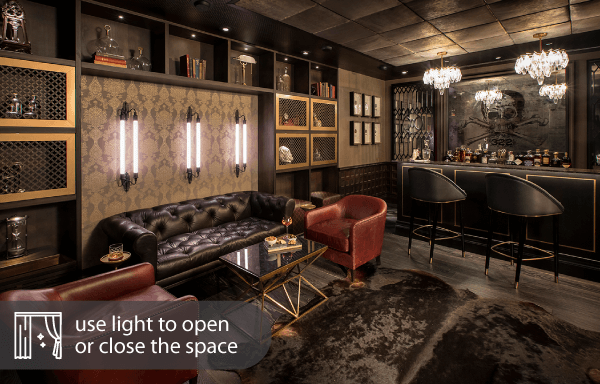
Hamilton Hotel – Photo by Raftermen Photography
Determine if lighting should open or close the space. Controlling the location of light has a big impact on an area. Lighting the edge walls or ceilings of a space can help it feel larger, while utilizing focused and targeted lighting can aid in creating a more intimate space.
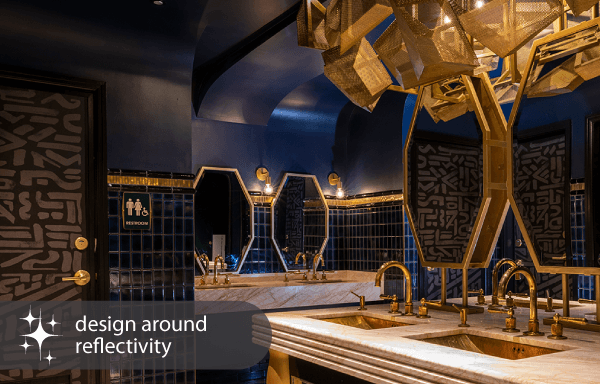
Canopy by Hilton Philadelphia Center City – Photo provided courtesy of Canopy by Hilton
Design around reflectivity. Water, polished surfaces such as mirrors, marble, and even some woods and metals may cause unwanted light refection, even from concealed lighting positions. Create additional bounce surfaces and finished surfaces into lighting positions to soften the visibility of the direct source or consider a more honed or diffuse surface material.
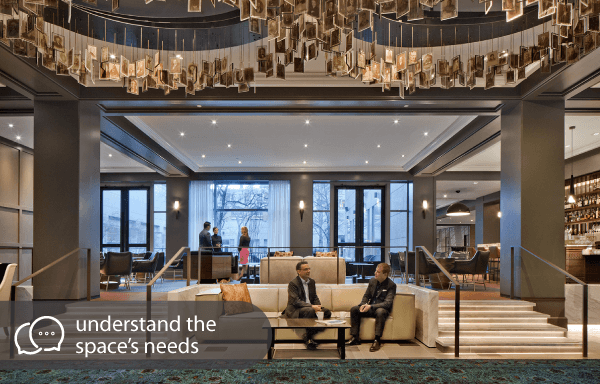
The Logan – Photo by Andrew Bordwin Photography
Understand the space’s needs. Talk with the client early in the design process to understand their aesthetic and programming goals. Interview staff who use the space and consider their needs as well as clients. Consider how the space’s needs may transform to meet special events or different moments of day or year.
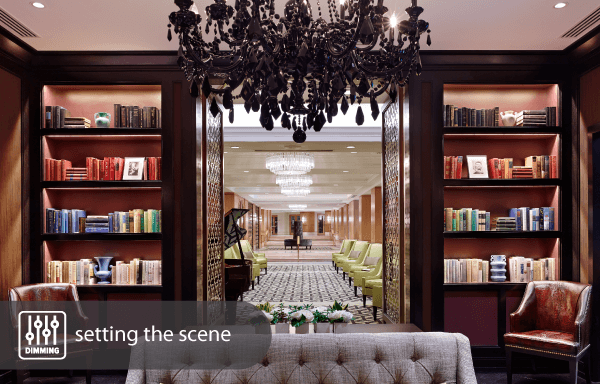
Rittenhouse Hotel & Spa – Photo by Jeffrey Totaro
Setting the scene. It is critical to smoothly control the lighting and transition from high to low light levels. High light levels will be necessary to help facilitate the cleaning of the space, while smooth low-end dimming is critical for an intimate late-night moment. It’s important to check dimming compatibility and low range dimming capabilities.





